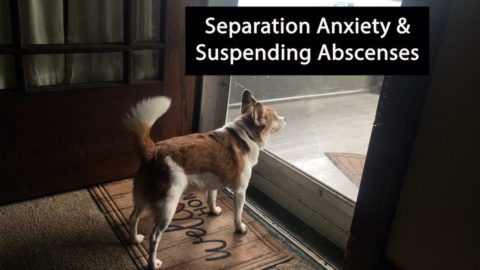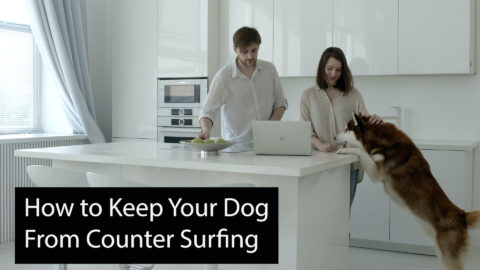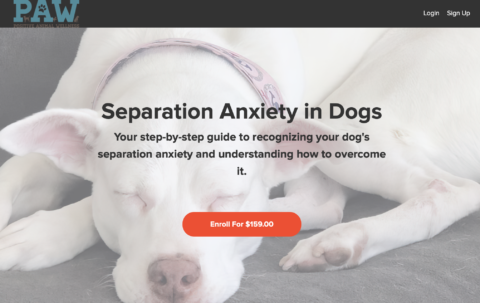Separation Anxiety and Suspending Absences
Does your dog have separation anxiety?
Today I’m talking about separation anxiety. A common question that I get is about adjusting schedules while working through protocols.

Someone recently asked, “What if pet guardians don’t have the ability to adjust their schedules?” I wanted to go back for a minute and talk about the key to any behavior modification. The key is to sidestep continuing to put an animal into a situation where they practice the unwanted behavior.
In the case of separation anxiety, we want to avoid dogs being put into a scenario where they would rehearse all of the behaviors associated with fear, anxiety and stress of being left by themselves or without access to their person or people.
Again, from a practical standpoint, we want to avoid those rehearsals by suspending absences. To not do so is in many cases a little bit like shoveling sand against the tide or taking two steps forward and then three steps backwards.
A key component is to set everybody up for success by avoiding putting the dog in the situation where they would practice those unwanted behaviors while then choosing to work through an appropriate separation anxiety desensitization protocol.
Prefer to watch the “Separation Anxiety & Suspending Absences” video? See below.


